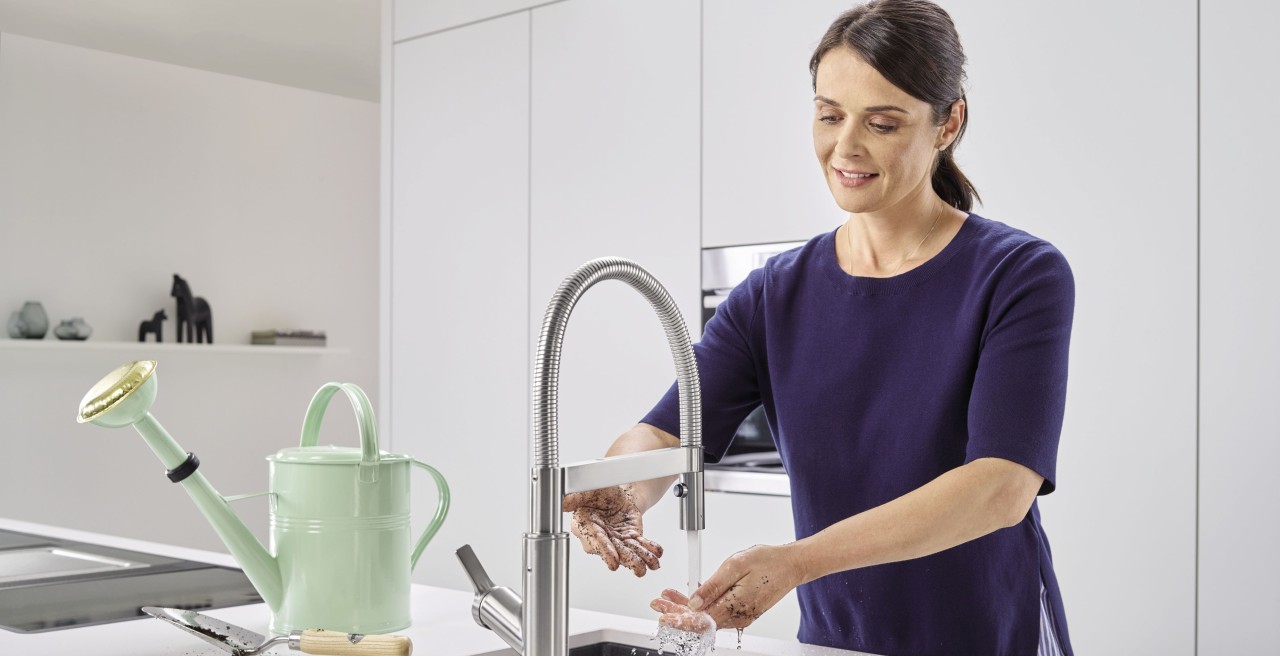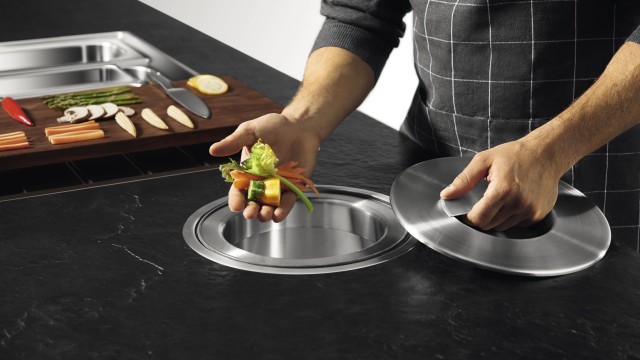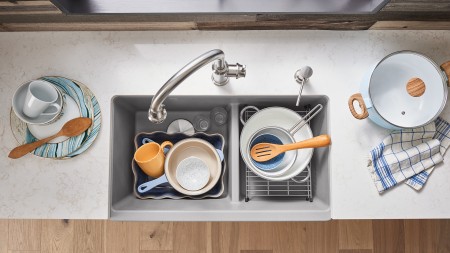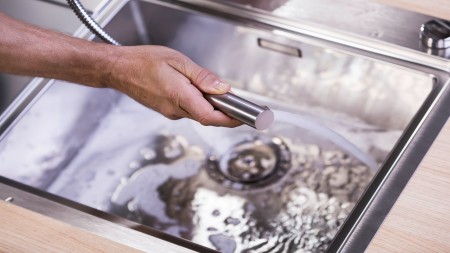Dishwashers are now a standard feature of almost every kitchen. They make the perfect companion for your kitchen sink, and are a great way to avoid tackling a large load of dishes by hand. In today's world, many models are actually even more economical and environmentally friendly than washing up by hand, thanks to their low water and energy consumption. But not everything can or should be cleaned in a dishwasher.
You should never wash sharp kitchen knives in a dishwasher. Both wooden handles and sharp blades can be damaged by high temperatures and the high amounts of cleaning detergent. It’s better to clean knives with dish liquid and warm water. Simply wipe the knife with a dishcloth and rinse it briefly with clean water.



